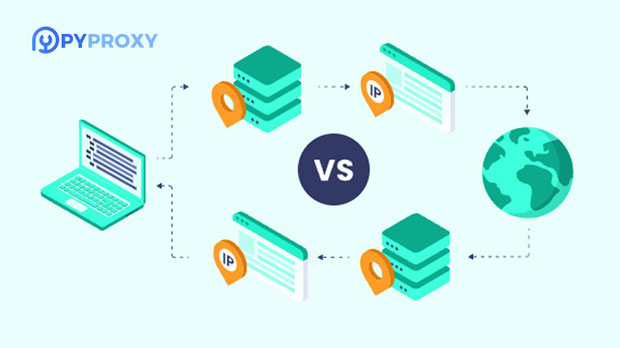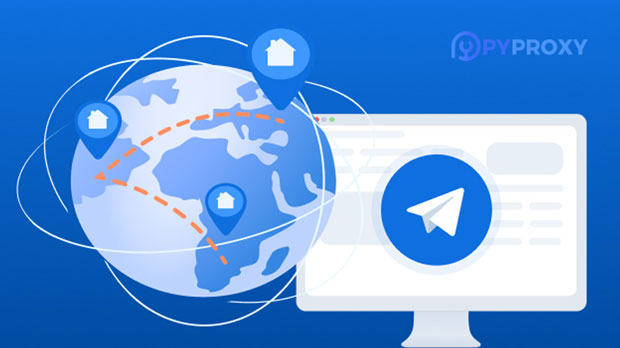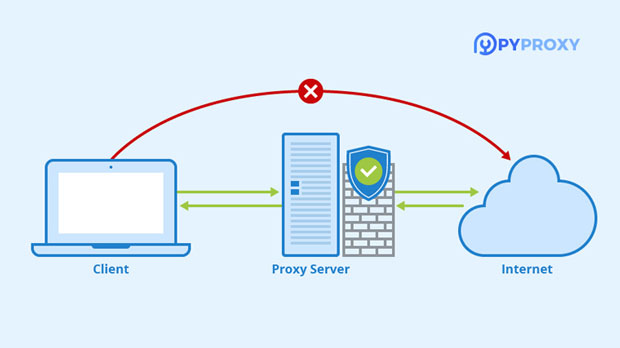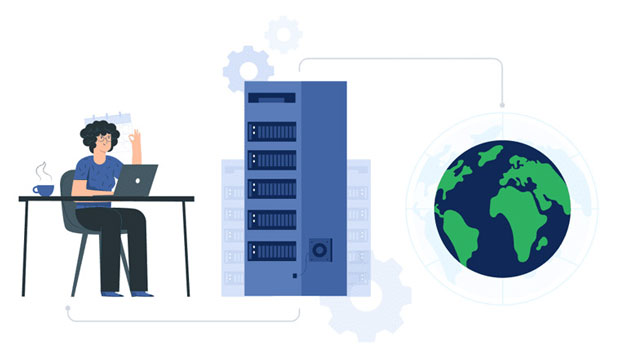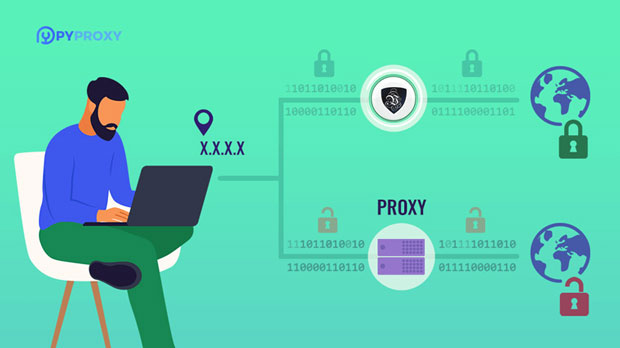How much does ProxyEmpire Proxy cost and is it good value for money?
When evaluating the cost-effectiveness of ProxyEmpire's proxy services, there are several factors to consider. Pricing is often one of the most critical elements that can influence a customer's decision. Understanding whether ProxyEmpire offers value for money involves analyzing its price tiers, features, and how it compares to other players in the proxy market. In this article, we will break down the pricing structure, the range of services offered, and discuss the overall cost-effectiveness. Through this analysis, potential customers can make a more informed decision about whether ProxyEmpire delivers the value it promises. Understanding ProxyEmpire’s Pricing StructureProxyEmpire provides a variety of proxy solutions catering to different user needs. The pricing structure is tiered based on the type of proxy service, with options such as residential proxies, data center proxies, and rotating proxies. Each of these services has its own pricing plan depending on factors like the number of proxies needed, the geographical locations, bandwidth limits, and the level of customer support.Residential proxies typically cost more than data center proxies due to their more advanced technology and higher reliability. On the other hand, rotating proxies provide users with an even higher level of anonymity and are suited for tasks such as web scraping, market research, or ad verification, which often require IP rotation.For users who need proxies for low-intensity tasks or personal projects, ProxyEmpire also offers affordable options that cater to small-scale needs. However, larger enterprises or high-traffic operations may need to opt for more premium plans that offer higher speeds, more bandwidth, and larger IP pools, which, in turn, come at a higher price.How Does ProxyEmpire Compare to Competitors in Terms of Pricing?When comparing ProxyEmpire's pricing to other major proxy providers in the market, it’s crucial to consider not just the cost but also the quality and range of services provided. ProxyEmpire's pricing for residential and rotating proxies is relatively competitive. Many leading proxy providers have higher rates for similar services, which can make ProxyEmpire appear as a more budget-friendly option.However, the final value depends on the specific use case. For example, some competitors may offer more sophisticated features, like more advanced filtering options or specialized proxy pools. Therefore, if a customer requires these additional features, the slightly higher costs of other providers might be justified.Another important factor is the level of customer service and support, which can impact the overall cost-effectiveness. ProxyEmpire offers 24/7 support, and many users report having a satisfactory experience with their customer service. For a proxy service, especially at a competitive price point, this adds significant value.What Features Are Included in ProxyEmpire’s Pricing Plans?The value proposition of ProxyEmpire goes beyond just the price; the features included in its pricing plans play a crucial role in assessing its cost-effectiveness. Some of the standout features provided by ProxyEmpire include:1. Wide Range of Locations: ProxyEmpire offers proxies in a wide range of locations, which is crucial for users involved in geo-targeting or global data scraping. The more locations available, the better the value for users who need to target specific countries or regions.2. Unlimited Bandwidth: Some of ProxyEmpire's plans offer unlimited bandwidth, which is a key feature for businesses engaged in high-volume scraping or any data-driven tasks that involve large amounts of data transfer.3. High-Quality Residential Proxies: ProxyEmpire’s residential proxies are known for their high quality and reliability. These proxies are particularly beneficial for users who need to avoid IP blocking or detection when accessing websites, ensuring smooth operations.4. Rotating Proxies for Increased Anonymity: The rotating proxy service offered by ProxyEmpire automatically changes IPs, which is essential for tasks that require a high level of anonymity or tasks like price monitoring or market research.5. Affordable Starter Plans: For individuals or small businesses, ProxyEmpire offers affordable entry-level plans, making it accessible for users just starting to explore proxy services.These features, when bundled into their pricing plans, make ProxyEmpire an appealing option for various user needs, from small-scale projects to large enterprise-level operations.Is ProxyEmpire’s Pricing Worth It for Small Businesses and Individuals?For small businesses and individual users, ProxyEmpire presents a solid option that balances cost with performance. Their lower-tier plans are designed to accommodate personal use or small-scale business operations, offering value for money without overwhelming users with unnecessary features.For individual users who need basic proxy services for browsing or minor data scraping tasks, ProxyEmpire offers an affordable and reliable solution. These entry-level plans are priced competitively and provide sufficient bandwidth and geographic options to meet the demands of smaller-scale projects.For small businesses, ProxyEmpire’s services are also a good choice due to the high reliability of its proxies and the availability of customer support. As businesses grow and their data needs increase, the ability to scale up with ProxyEmpire’s higher-tier plans ensures that the service can grow alongside the business, providing flexibility and customization.Is ProxyEmpire Cost-Effective for Large-Scale Operations?For larger enterprises or operations that require extensive proxy usage, ProxyEmpire’s pricing can still offer a strong value proposition, especially when compared to other high-end providers. However, it is essential to evaluate the scale of operations, as high-volume businesses will need a larger number of proxies, more bandwidth, and faster speeds. ProxyEmpire’s premium plans are designed to accommodate these demands, but they may come at a higher cost.That being said, ProxyEmpire’s pricing remains competitive even in the enterprise segment. The service's ability to offer unlimited bandwidth, a diverse pool of proxies, and global reach makes it an appealing choice for larger-scale operations. Additionally, businesses that value customer support will appreciate ProxyEmpire’s 24/7 assistance, ensuring that any technical or operational issues are resolved quickly.Final Thoughts: Is ProxyEmpire a Good Investment?In conclusion, ProxyEmpire’s pricing is well-structured to meet the needs of a wide range of customers, from individuals to large enterprises. For small businesses and personal users, the affordability of their plans combined with a solid range of features makes it a cost-effective choice. At the same time, large businesses and data-driven enterprises can still find significant value in ProxyEmpire's premium plans, especially with its focus on quality proxies, customer support, and scalability.Ultimately, whether ProxyEmpire’s pricing is worth it depends on the specific needs of the customer. However, for those seeking a competitive proxy service at a reasonable price, ProxyEmpire offers a solid combination of cost and value, making it an attractive option for many.
2025-02-27
















































